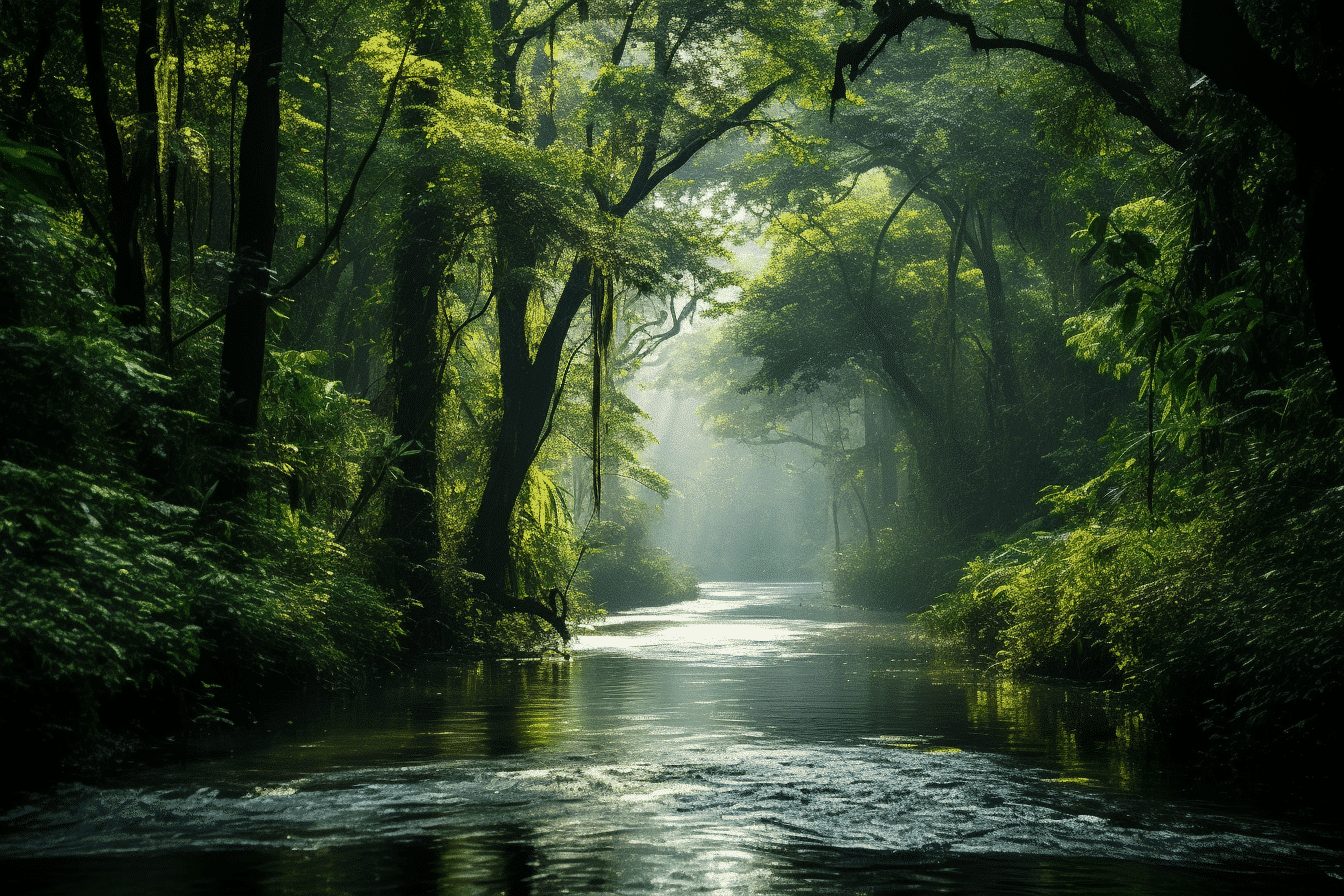In the coming weeks, enthusiasts might find themselves enjoying a shake that Marcelo Salazar spent three years perfecting, with ingredients sourced directly from the rich diversity of the Amazon rainforest.
Salazar’s venture, Mazo Mana Forest Food, collaborates with forest-based communities to gather essential ingredients like Brazil nuts, cocoa beans, acai, mushrooms, and various fruits for their products. This initiative has garnered support from a Manaus-based incubator that promotes sustainable forest enterprises, standing as an alternative to the logging and ranching industries.
Salazar believes that the way forward involves an innovative blend of various business models. This sentiment echoed at the Amazon Summit held in Belem earlier in August, where the concept of a “bioeconomy” was a focal discussion point. Here, officials emphasized the importance of sustainable initiatives for the massive population dependent on the rainforest.
However, defining what exactly constitutes a bioeconomy remains debatable. Salazar contributed to this conversation during a panel hosted by Brazil’s environment ministry, discussing the challenges of sculpting an Amazonian bioeconomy.
This notion isn’t groundbreaking. It’s essentially a rebranding of sustainable development or the green economy. Various implementations of this concept are scattered throughout the Amazon.
Examples are abundant: from individuals crafting chocolate using native cocoa to communities establishing sustainable fisheries as alternatives to logging. In one instance, rubber tappers, who faced challenges due to synthetic rubber, found new hope in producing fashionable sneakers for Parisians.
Scaling such initiatives is the real challenge, comments Para state’s Governor, Helder Barbalho. His state, recognized for its bioeconomy strategy, is Brazil’s leading acai producer. However, its reliance on iron ore exports to China and extensive cattle ranching have increased its greenhouse gas emissions, making it a significant contributor after Brazil.
Among notable large-scale sustainable endeavours is the cosmetics giant, Natura. It fostered connections with traditional Amazon communities, integrating ingredients from these regions into its products, thereby aiding in conserving a significant portion of the forest.
Yet, some visions of the bioeconomy seem overly idealistic. At the Amazon Summit, Simone Tebet, Brazil’s planning and budget minister, spoke of a dream where industries coexist with forests, drawing wisdom from indigenous inhabitants.
Para’s bioeconomy blueprint outlines potential exportable forest-compatible products, from acai to essential oils. The state is also investing in infrastructure and resources to foster this vision, including a bioeconomy incubator and funding schemes for agroforestry initiatives.
Similarly, the Amazonas state is charting its bioeconomy path with financial backing from the U.S. Agency for International Development.
Brazil is making strides at a national level as well, with its economy minister, Fernando Haddad, recently unveiling an Ecological Transformation Plan, emphasizing sustainability projects and carbon market regulations.
However, some past efforts provide cautionary tales of sustainability initiatives gone awry, from failed rubber factories to the unintended consequences of cocoa bean farming.
For Salazar, the key lies in balancing social consciousness with market acumen. He envisions success for enterprises that address Amazon’s unique challenges, propelling a shift toward an economy that truly appreciates the forest’s intrinsic value.
The Amazon, often referred to as the lungs of our planet, stands at a pivotal moment in its history. Sustainable initiatives like the ‘bioeconomy’ have the potential to shape its future, offering a model where commerce harmoniously coexists with nature. As the world watches, pioneers like Salazar are taking the lead, striving to balance ecological preservation with economic growth. In doing so, they offer hope that the richest rainforest on Earth can be both a resource and a sanctuary, protected for generations to come.
